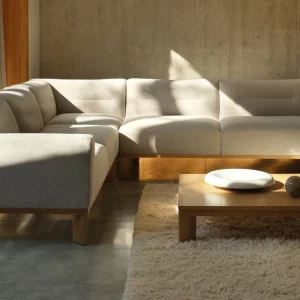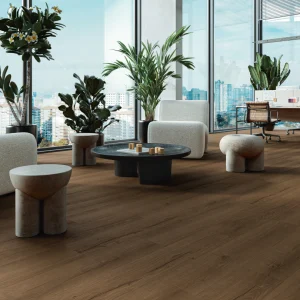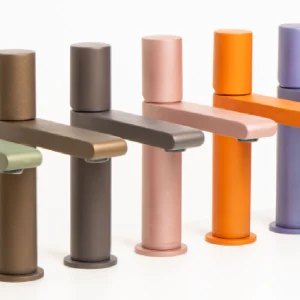The Mirror-Tower is to be built in the port area, opposite the Murr Tower, the shell-riddled building that symbolises the civil war. The building’s skin is designed to reflect the city surrounding it. The tower will be visible from everywhere, and everywhere one’s view will bounce off its mobile surface into the surrounding city, showing Beirut in all its myriad facets. The plans include a shopping center, five blocks of housing and a 142 meter tall tower.
In a district already occupied by high-rise buildings, the architects wanted to create a new urban space, combining private habitat and public circulation, verticality and horizontality.
The 486 Mina El Hosn project is composed of three elements: The tower proper is the project’s central and most visible element. The novel design of its mirror-envelope reflects views of the city back towards the city, enabling a visual reconstruction of its manifold identity.
The base of the tower provides its residents with a public space playing with horizontality to create circulation and meeting places on a human scale, including a shopping mall, a public roof garden and pedestrian alleys.
The five blocks are intermediary residential spaces, imagined on the model of the oriental house. Acting as an interface between the project’s two other elements, tower rpoper and base, they play on the dichotomy between exterior and interior.
The 142-meter high building is structured around a cruciform volume sheathed by a solar protection based on a 25x25m square unit. The facades of the volume at the heart of the tower are in black concrete, and the design of the openings follows the functional logic of the living units. The exterior skin consists of sliding perforated sheet metal panels with a mirror finish, acting as reflectors and protection against heat but also allowing light to enter.
The tower’s cross-shaped ground plan frees its corners and imbues it with lightness and evanescence. The Bankmed Foundation will occupy the tower’s first six levels, with an access from the street. The entrance hall to the apartments enables access from the base’s inner street. There is a service level between the foundation and apartment levels.
The surface areas of the 20 apartments (duplex and triplex) range from 750 to 1200 m². A lift provides direct access to each apartment, which are entered via a ‘lobby’ acting as a filter between public and private spaces.
The apartment layout consists of a main living room of around 85 square meter, occupying one quadrant of the cross, with a smaller living room functioning as a reading room. The dining room is located on the opposite side to the living room, next to the servants’ spaces.
Each apartment has two terraces, extensions of the dining room and living room. These triple-height terraces provide optimum views of the city, sea and sky. A system of movable partitions and sliding doors enables the opening up of all the interior spaces and increased views of the apartment as a whole.
The tower has four façades, 140 meters high and 25 meters wide. When light encounters a reflective surface, it is reflected according to its angle of incidence on that surface. The principle of the reflective facade consisted in globally defining the orientation of each facet of the cylinder’s surface to create the desired reflection.
The city of Beirut, historically marked by division, can also see the tower as an animated mirror reflecting its living and tormented history and geography.





